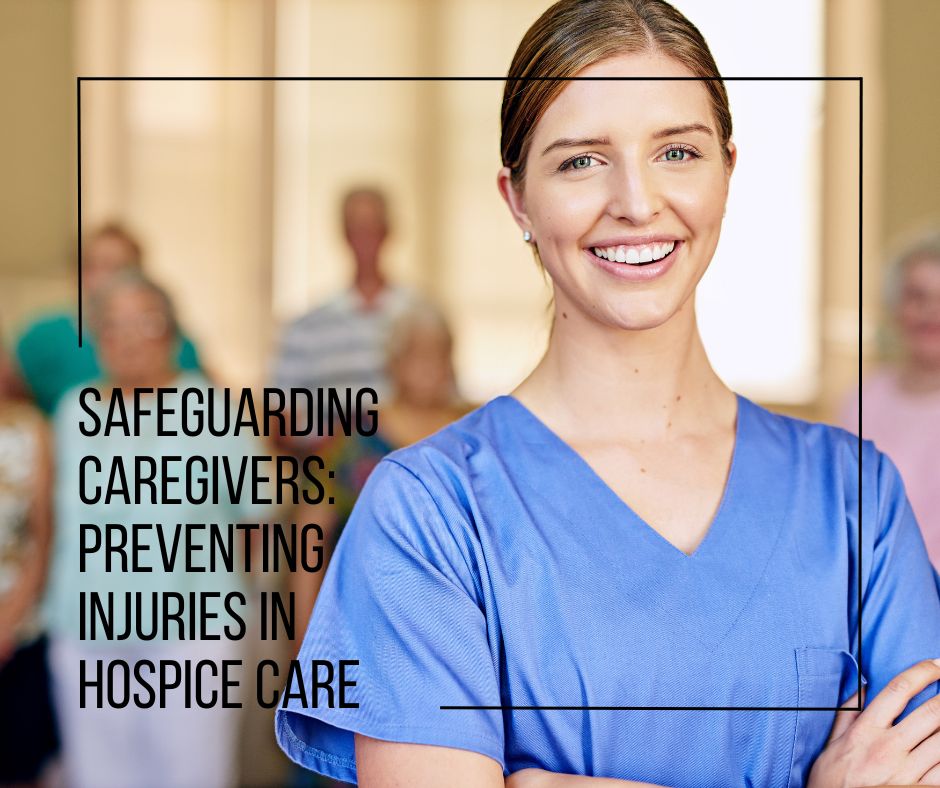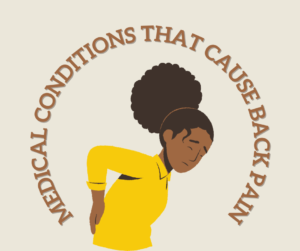Los Angeles hospice care plays a vital role in providing comfort and support to individuals with life-limiting illnesses. Within this compassionate environment, caregivers devote themselves to the well-being of patients, often at the expense of their own physical and mental health. This article will explore essential strategies and precautions to help caregivers avoid injuries while providing hospice care. By implementing these measures, caregivers can prioritize their well-being, enabling them to deliver the best possible care for their patients.
Understanding the Challenges of Caregiving in Hospice
Hospice caregiving comes with unique challenges that increase the risk of injuries. It is crucial to acknowledge these factors to address and prevent them effectively.
Physical Demands:
Hospice caregivers frequently assist patients with mobility, transfers, and personal care, leading to physical strain and the potential for injuries such as muscle sprains, strains, or back pain.
Emotional and Mental Stress:
Caring for patients at the end of life can be emotionally and mentally taxing. Stress and burnout can impact a caregiver’s focus and physical abilities, making them more prone to accidents.
Prioritizing Caregiver Safety: Practical Measures
To ensure caregiver safety, several practical measures should be implemented to minimize the risk of injuries during hospice care.
Body Mechanics and Proper Lifting Techniques:
Training caregivers in correct body mechanics and lifting techniques can significantly reduce the risk of musculoskeletal injuries. Utilizing assistive devices, such as transfer belts or sliding boards, can further aid in safe patient handling. Los Angeles or Pasadena hospice staff can provide training on how to properly use these devices.
Utilizing Assistive Equipment:
Using assistive equipment like wheelchairs, walkers, or adjustable beds can alleviate the physical strain on caregivers, making patient transfers and mobility easier and safer.
Regular Exercise and Self-Care:
Encouraging caregivers to engage in regular exercise and self-care activities helps maintain physical and mental well-being. Stretching exercises, yoga, or meditation can reduce stress, improve flexibility, and enhance overall fitness.
Effective Communication and Collaboration:
Establishing open lines of communication among the care team, including nurses, social workers, and family members, promotes a supportive environment where concerns about patient safety or caregiver well-being can be addressed promptly.
Creating a Safe Work Environment
Ensuring a safe work environment is crucial for preventing injuries among caregivers.
Home Safety Assessments:
Conducting home safety assessments helps identify potential hazards such as tripping hazards, inadequate lighting, or unsecured rugs. Addressing these concerns can reduce the risk of falls and other accidents.
Adequate Staffing and Scheduling:
Maintaining appropriate staffing levels and creating reasonable schedules are essential in preventing caregiver fatigue and minimizing the risk of mistakes or accidents due to exhaustion.
Ongoing Training and Education:
Continual training and education on topics such as infection control, emergency response, and stress management equip caregivers with the critical skills and knowledge to handle challenging situations safely.
Emotional Support for Caregivers
Caring for terminally ill individuals can be emotionally draining. Offering emotional support to caregivers is crucial in preventing burnout and ensuring their well-being.
Peer Support and Counseling:
Attending support groups or accessing counseling services can create a platform for caregivers to share their experiences, seek advice, and receive emotional support from their peers and professionals.
Respite Care and Time Off:
Arranging respite care services or facilitating regular time off allows caregivers to rest and rejuvenate, reducing the risk of physical and mental exhaustion.
Conclusion
As caregivers fulfill their vital role in providing Pasadena or Los Angeles hospice care, it is essential to prioritize their well-being. By understanding the unique challenges they face and implementing preventive measures, caregivers can avoid injuries, keep their physical and mental health intact, and continue to offer compassionate care to those in need. Remember, a healthy caregiver is a better caregiver. Let the team at Faith and Hope ensure their safety and well-being as they navigate the noble path of hospice caregiving.
Check the related article here: https://www.backpaininsider.com/2022/01/28/health-and-wellness-tips-for-caregivers/








